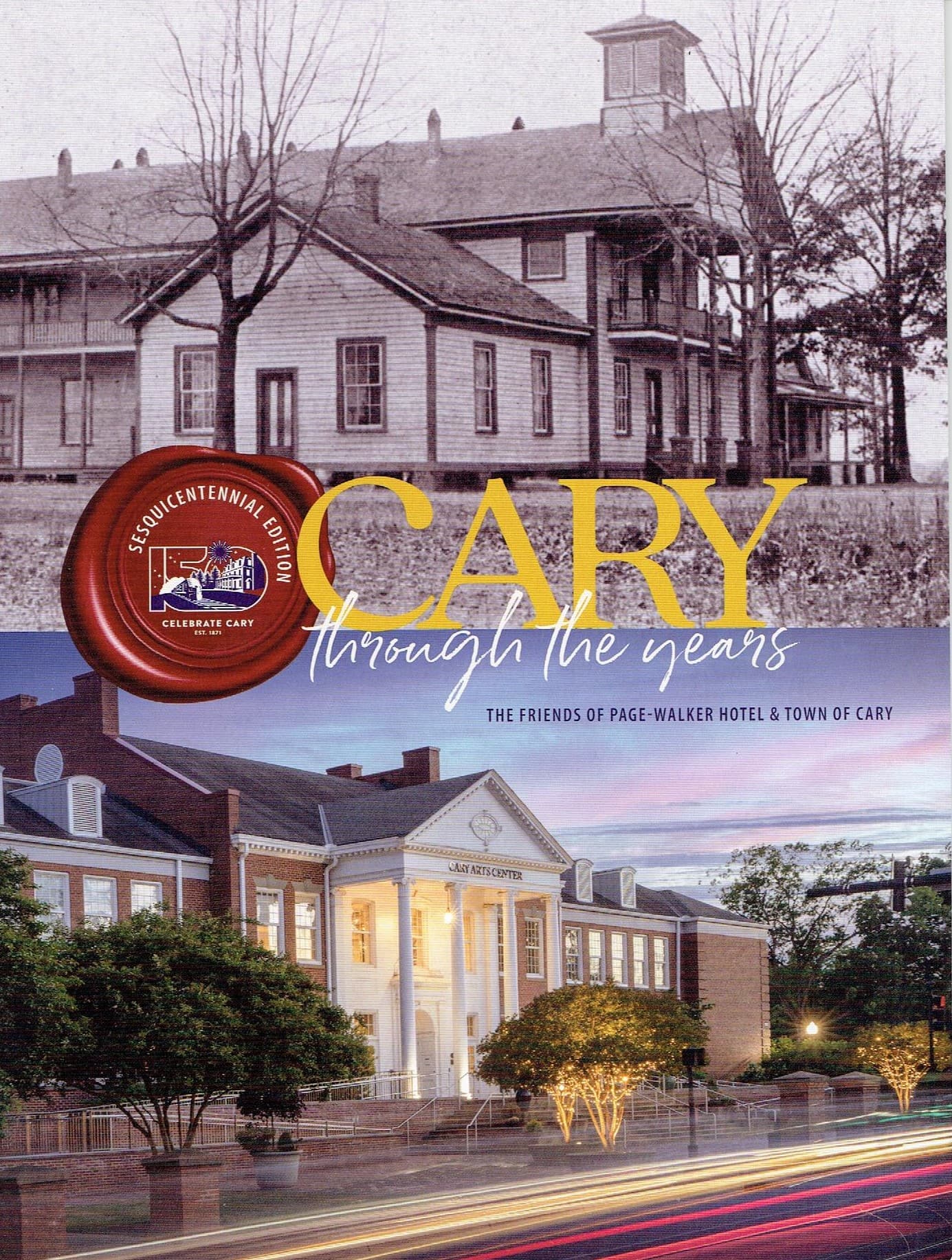In 1968, the Town of Cary population was about 7,000. In 2022, the population is very close to 180,000. Cary is now the seventh-largest city in North Carolina and the one-hundred-fiftieth-largest city in the United States. That is a rather significant change in itself.
You know, 54 years can move along right quickly. I moved to Cary almost 54 years ago and, sometimes, it seems as if it were yesterday. I moved to Cary in 1968, when I was 29. It is now 2022 and I am pushing 83 real hard.
If you haven’t already guessed, I have seen quite a few changes.
Once Upon a Time
If you live in or around Cary, you know how the old town is now. Let’s talk about not so many years ago. Well, not so many years for me.
Establishments
On the corner of Chatham and Academy Streets stands a very attractive Fidelity Bank, one of many banks now in Cary. Not so in 1968. In the very same spot and in a much smaller building was The Cary Branch Bank of Fuquay-Varina. It was the only bank in town. Cary is no longer a one-bank town.
A block down from the Fidelity Bank was an A&P Grocery Store. Gone forever.
There was no ABC store in Cary. By the way, in case you don’t know, an ABC store is a state-owned establishment that sells hooch.
Many things are gone forever and with them the Cary I grew to love. Pete’s Hardware, Ben Franklin Five and Dime, and many others.
I pass by certain areas and things I remember so well have been discarded and replaced.
Oh, yes, Cary had three traffic lights that were not needed.
Kildaire Farm Road
Kildaire Farm Road is a road that meanders eastward from central Cary. If you haven’t guessed, Kildaire Farm Road went by Kildaire Farm, a rather large dairy farm. In 1968, the road was two lanes, and beyond Kildaire Farm were other smaller farms.
When I first moved to Cary, I drove down that two-lane road to the Kildaire Farm barn to purchase hay straw to cover my newly-seeded lawn.
Today, Kildaire Farm Road is a four-lane road with a fifth left-turn lane. The farms are gone and businesses and housing developments are strewn up and down the road for miles.
At one time, there was an effort made to save the Kildaire Farm barn. But the effort was to no avail. The barn was a Cary landmark and it is now lost forever.
Hi-House Road
Just like Kildaire Farm Road, Hi-House Road was two lanes. For the most part, the road was forested on both sides, with a few ponds where you could fish. That didn’t last. It is now a four-lane road with a fifth left-turn lane. Now, where there are no businesses, there are housing developments.
And, just to put the icing on the cake, the name was changed. When new street signs were installed, some genius decided to call it High-House Road.
Davis Drive
Davis Drive intersects Hi-House Road. In 1968, it was a very narrow two-lane road. When on Hi-House Road, turn left, you could go to Apex, turn right, you could almost go to Morrisville. I say “almost” because after three or four miles, it turned into a rather unreliable dirt road. Now, all of Davis Drive, including the dirt road, is lined with all kinds of commercial enterprises. Ditto four-lane road with a fifth left-turn lane. Where an old tobacco barn once stood is now a shopping center.
Before I forget, there are no longer any fishing ponds.
One Memory Left
After the Cary population explosion, there is still one thing left for the old folks in town to hold on to. Ashworth Drugs. Ashworth’s is a drug store with a lunch counter and soda fountain where people could have a real milkshake, a bite to eat, and a bit of conversation. Ashworth Drugs, is still here and looks pretty much the same. The lunch counter and soda fountain are still up and running.
Every prescription I have purchased since 1968, I have bought at Ashworth Drugs.
Thank you, God, for small favors.



